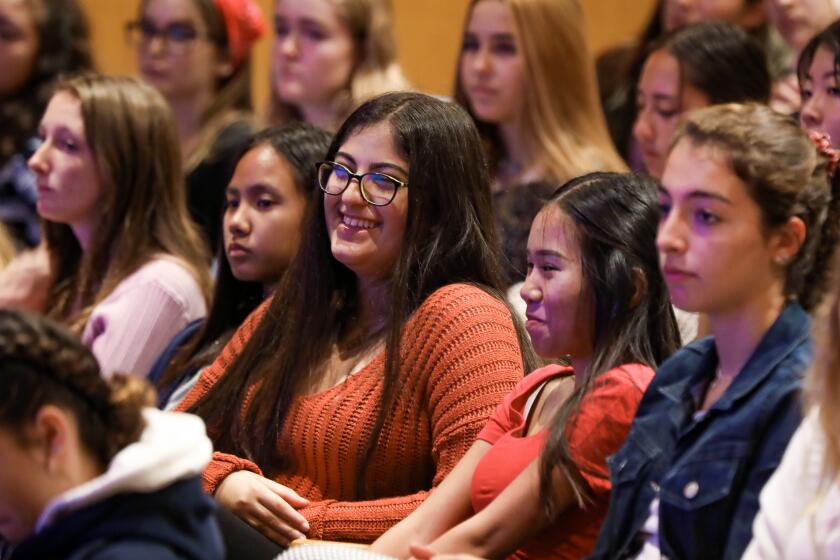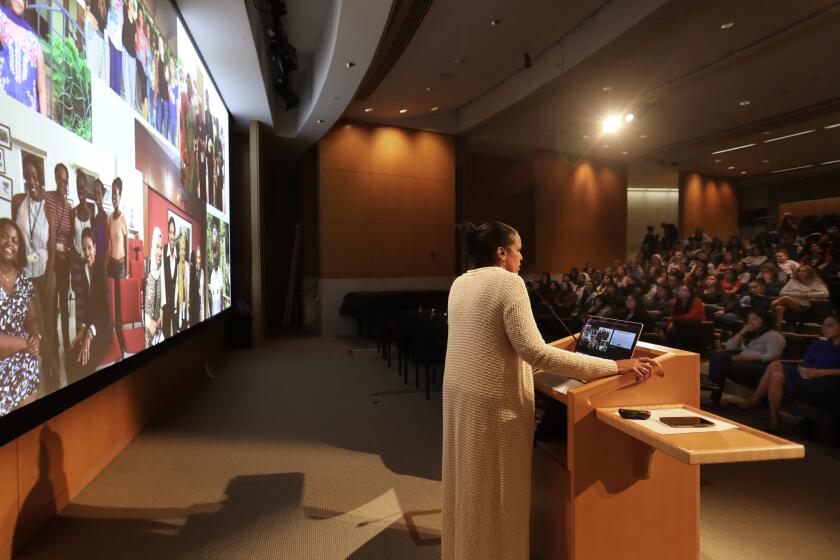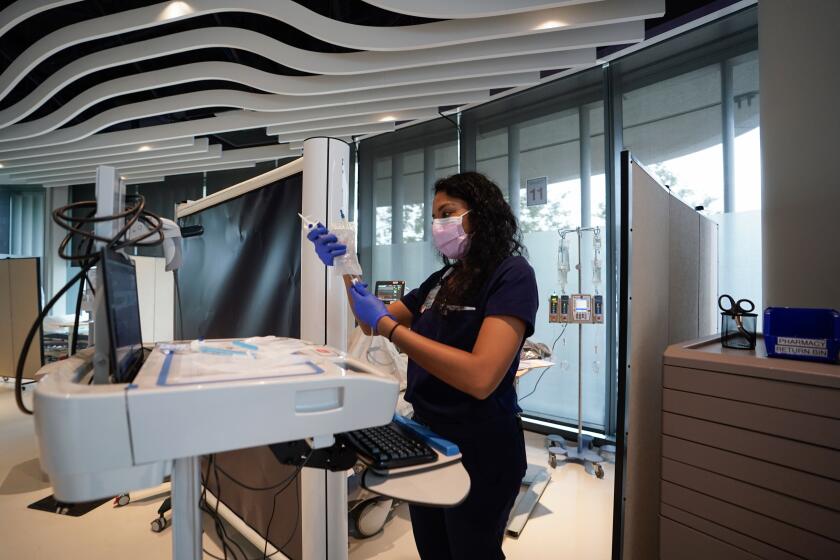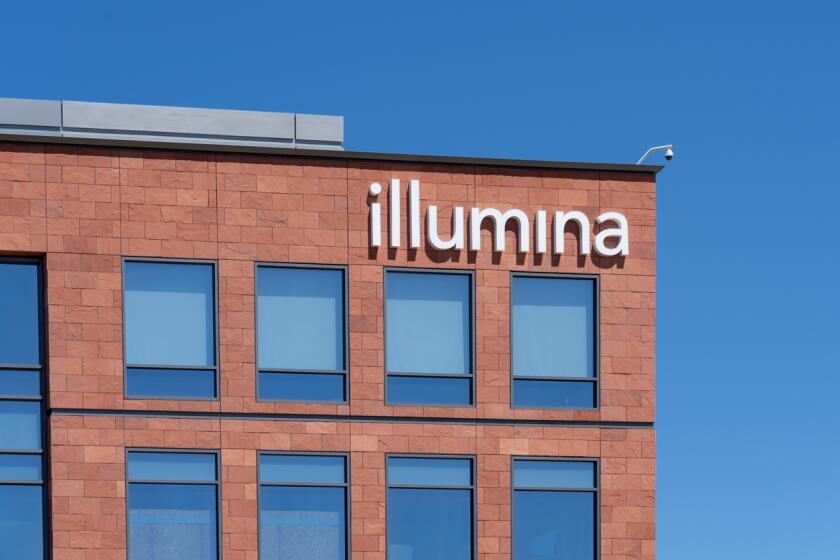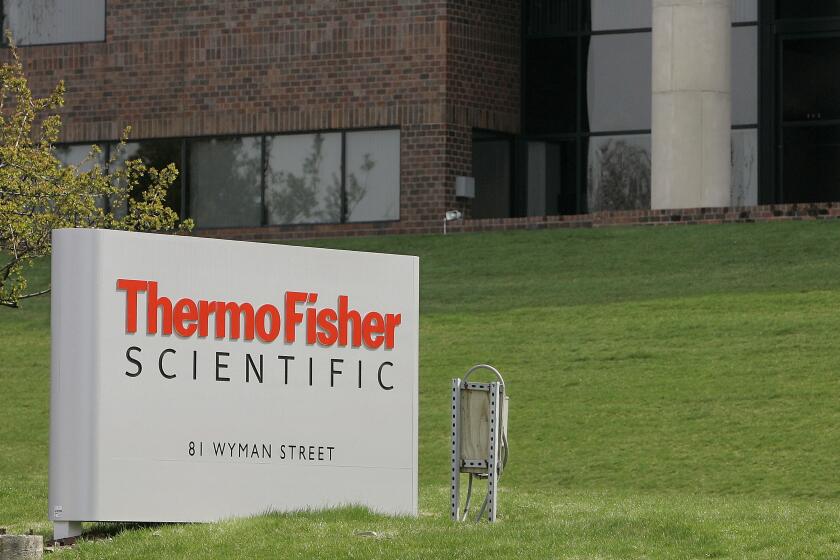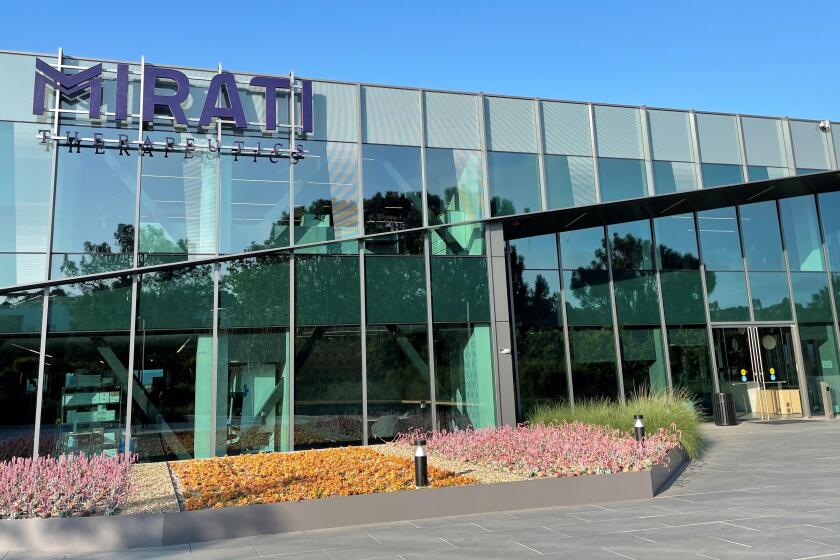Sanford Burnham Prebys scientist joins Rady Children’s to fight pediatric brain cancer
Brain cancer researcher Robert Wechsler-Reya will run a program to find better treatments for pediatric brain cancers at Rady Children’s Hospital — San Diego, under an alliance with Sanford Burnham Prebys Medical Discovery Institute.
Wechsler-Reya has been named program director for the Joseph Clayes III Research Center for Neuro-Oncology and Genomics at Rady Children’s Institute for Genomic Medicine. An expert on medulloblastoma, the most common pediatric brain cancer, he will remain director of SBP’s Tumor Initiation and Maintenance Program.
In the short term, doctors and researchers will examine brain tumor samples not only for their mutations, but the patterns of gene activation and suppression, a field known as epigenetics. This molecular profiling will be more precise than just conventional examination of the cells’ physical characteristics, Wechsler-Reya said.
In the longer term, drugs may be directly tested on individual patient samples, to get an idea of which drugs work best for each particular patient. Such drug screening is common in the pharmaceutical industry as part of testing drugs for clinical effectiveness, but not as part of direct patient care.
Adding knowledge of which drugs show more effectiveness in a cell culture from the patient to be treated could help oncologists decide which drugs are most likely to be effective when given to the patient, he said.
“That takes advantage of resources we have at Sanford Burnham Prebys,” Wechsler-Reya said. “This is something we’ve been doing in the lab, and it’s not yet being done, to my knowledge, anywhere clinically. But it’s something we’d like to build into the equation as well.”
An advantage of this drug screening is that it would directly tell doctors if a drug was likely to work or not, even if they can’t figure out the mechanism, he said.
“I have no idea how well it will work, I have no idea how predictive it will be, but right now it seems a crime to me not to get that information.”
The ability to genetically profile individual tumors was made possible by the rapid fall in the price of DNA sequencing, Wechsler-Reya said. This is so new, occurring only within the last decade, that clinicians are still catching up to the newfound ability to deploy this technology.
That vision of applying DNA sequencing to childhood diseases propelled Ernest & Evelyn Rady to give $120 million to establish the Rady Children’s Institute for Genomic Medicine at the hospital.
And last March, a $10 million donation established the Joseph Clayes III Research Center for Neuro-Oncology and Genomics within the Rady Children’s Institute for Genomic Medicine.
“My Uncle Joe would be so proud to know he’s helping these vulnerable children—and so proud of the efforts within the Center to stop this terrible disease for future generations.” Trulette Clayes said in a statement. She is Joseph Clayes’ niece, and co-trustee with Brendan Holmes, of the Clayes Charitable Trust.
Science Playlist

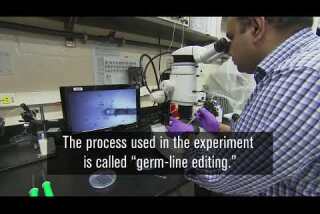
In a first, scientists rid human embryos of a potentially fatal gene mutation by editing their DNA

10 interesting facts about Mars

Kids can add years to your life

LA 90: SpaceX launches recycled rocket

Ocean temperatures warming at rapid rate, study finds
bradley.fikes@sduniontribune.com
(619) 293-1020
Get U-T Business in your inbox on Mondays
Get ready for your week with the week’s top business stories from San Diego and California, in your inbox Monday mornings.
You may occasionally receive promotional content from the San Diego Union-Tribune.

